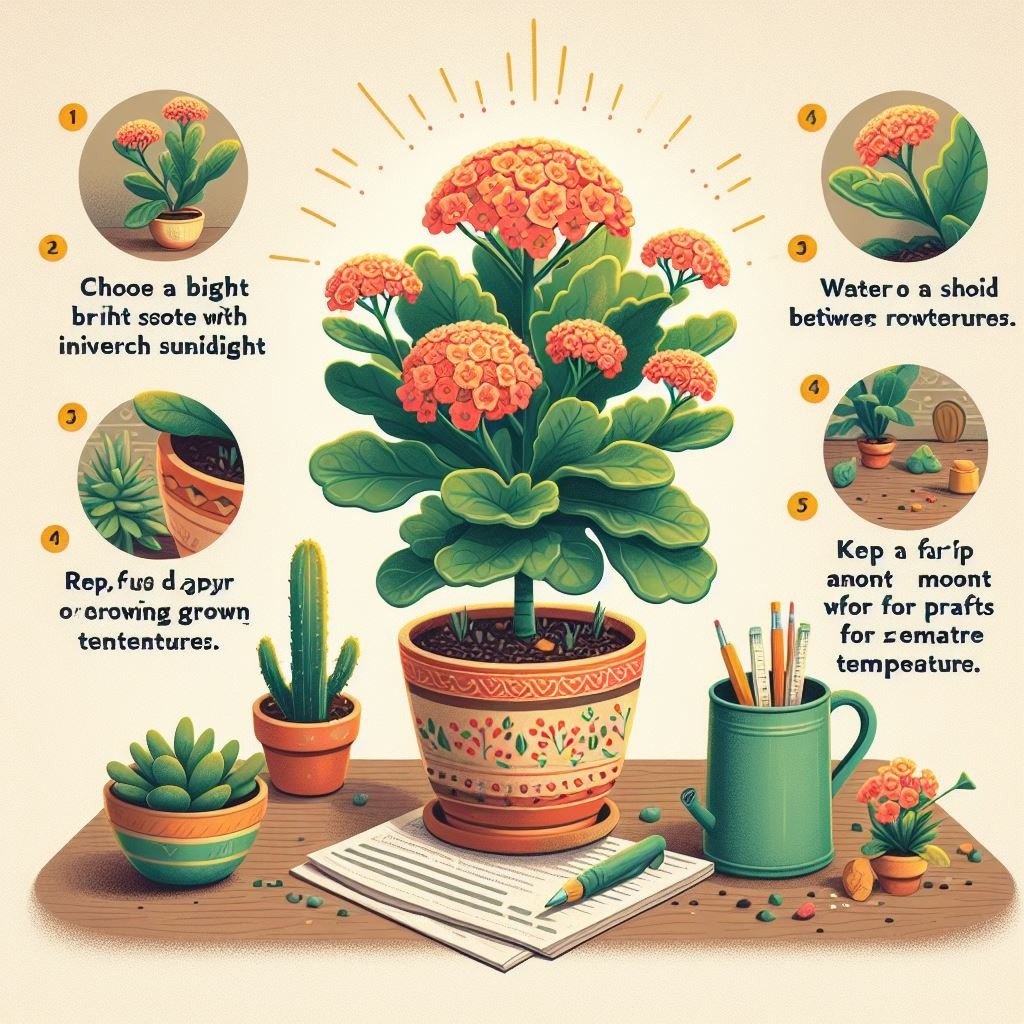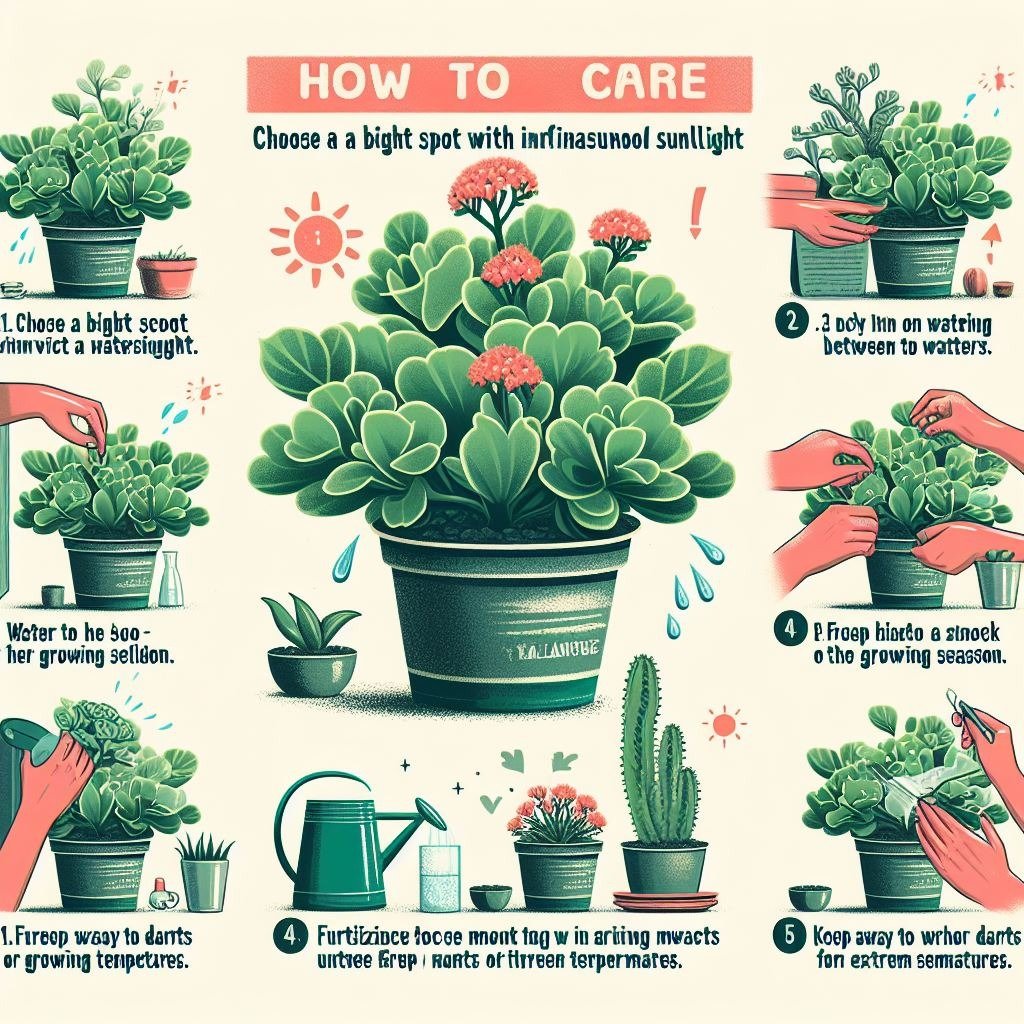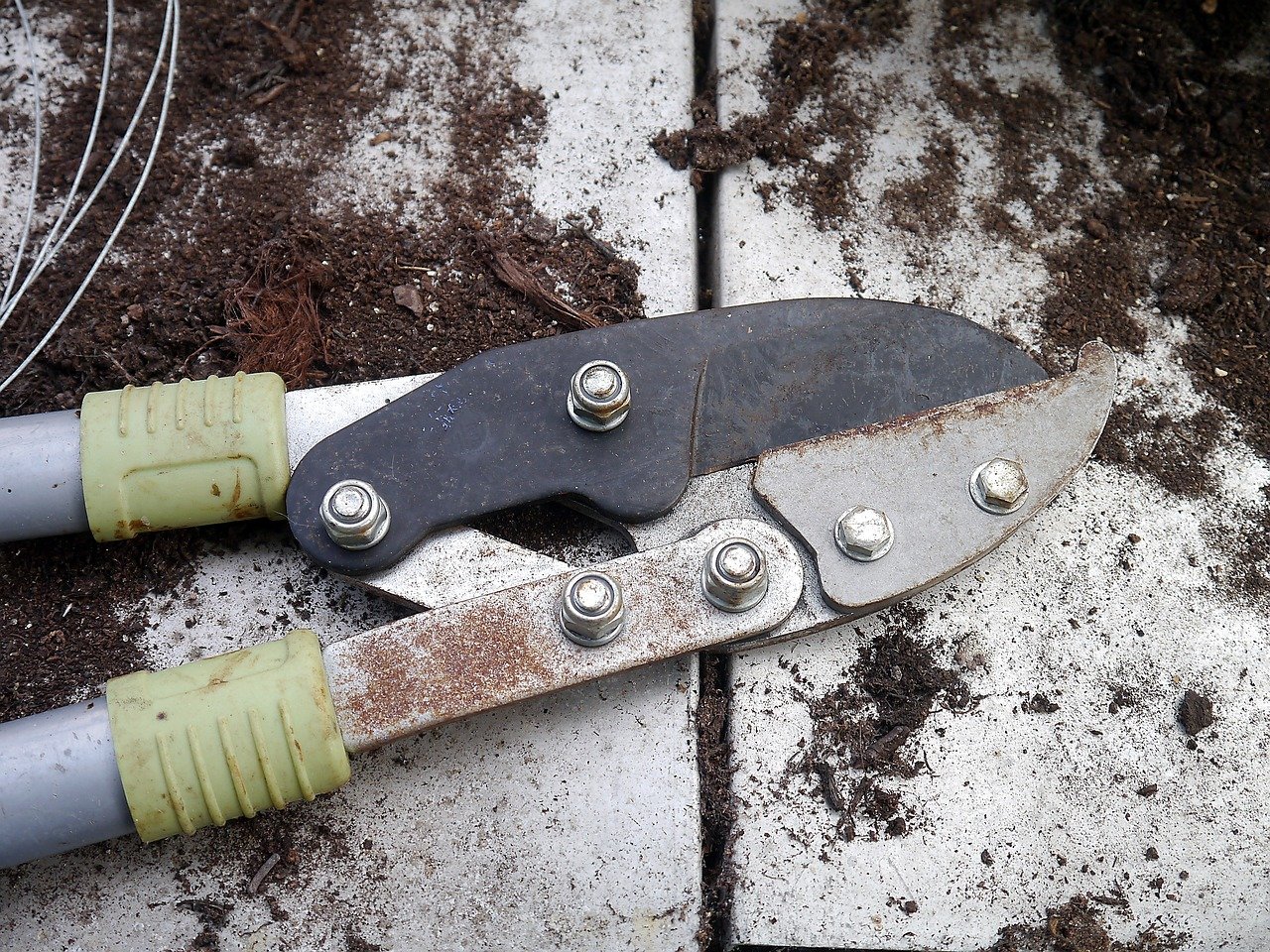
Timing is everything. When to plant strawberries for a great harvesting season is what you should worry about
When to plant strawberries In this book called “The Plot Hero’s Guide,” you are going to learn about the strategic

Kalooche plants, which have interesting-looking blossoms and minimal need for maintenance, are among the most commonly used indoor plants in gardening. These leafy plants hail from Madagascar and are notorious for their amazing survival characteristics in various indoor conditions. Whether you are a professional plant keeper or you have just begun your garden project at home, the education on How to Care for a Kalanchoe Plant Indoors may be a thrilling process.
For all the decisions a house owner makes to make sure that their Kalanchoe plant is shining indoors. The most significant one is the necessary amount of sunlight it will get.
Kalanchoe plants are among the very few that require bright and direct sunlight; thus, placement of this plant in an area where it gets at least 6 hours of direct sun light daily is a necessity.
If your area of plantation doesn’t drop off enough natural light. You can use a grow lamp as an extra light source to make sure your Kalanchoe plant gets enough light.
First of all, remember that watering your kalanchoe is a responsibility you can’t disregard indoors. Kalanchoe plants count as succulents.
Hence, they accumulate water in their leaves as well as stems. They are more reliable than some other house plants because of this trait, since they are not adversely affected by droughts.
But don’t stuff their moisture too much. Confront the soil to prevent it from being drenched too much, but allow it to dry out slightly between waterings.
and then water the plant entirely, ensuring that the ground is evenly moist.
The kind of soil you use to care for the plant when you are indoors is also a vital thing. Kalanchoe plants prefer soil types of sandy nature that offer good drainage and shallow depth. The soil should be slightly acidic. You have the option of buying the soil premade for your succulents or cacti or creating a mixture yourself by blending the potting soil with perlite, pumice, or sand. Ensure that your container has draining holes before you start planting or repotting your succulent to avoid waterlogging.
Fertilization is a crucial feature a growing Kalanchoe needs, as are sunlight and proper watering. Plants better adapt to a steady, soluble, water-soluble fertilizer applied every two to three months throughout the growing season. Too much fertilization should be avoided since this excess will mainly contribute to leaf growth with fewer blooms.
It is highly recommended that you prune and clean your plant to ensure that it looks good and may even add beauty to your overall area. Tidy off any withered or rotten leaves or spent flowers to encourage the plant to concentrate its vital energy into new growth and keep it looking presentable. Not only that, you can use the tip-apical pruning method to achieve the desired dense growth characteristic.
Along with the kalanchoe indoor plant’s flowers, its splendor is another of its best traits. The flowers of Kalanchoe, famous for their color, maintained longevity ranging from a bright red, a vivid orange, a forward-looking yellow, to a passionate pink. To promote the flowering peak, be cautious and provide an appropriate amount of sunlight and temperature to your kalanchoe.
As with every indoor plant, you must treat it carefully for pests and diseases when controlling a potted kalanchoe. Typically, practitioners come across mealybugs, spider mites, and root rot. To anticipate and solve these issues, perform regular plant inspections, adjust the water intensity appropriately to avoid soil waterlogging, and administer organic pesticides if needed.
Right after you have passed the indoor care of kalanchoe plants, you are now ready to propagate them and have a plant of your own. You can propagate Kalanchoe from any leaf or stem cutting and share it with your friends. Also, this helps expand several indoor gardens.
Among the topics meaningful for the care of Kalanchoe inside, the provision of the greatest and most accurate amount of natural light is absolutely the most critical one. Although one of the selected Kalanchoe plants has the condition of requiring the full six hours of incandescent sunlight, the ideal place where the Kalanchoe should be positioned is a location where it is exposed to the brightness and direct sunlight for about six hours per day.

The Kalanchoe family is a group of succulent plants; therefore, they should be watered when the soil becomes fingernail dry. Kalanchoe should be watered when the top 1′ is dry to 2 inches. Water is usually taken every 1–2 weeks. When watering, be cautious that you don’t over-water; otherwise, the roots may rot.
Kalanchoe plants thrive in soil that is well-drained but with sand and a corresponding pH that is slightly acidic. If you want to use a potting mix that is ready-made for the growing of succulents and cacti or you want to create your own blend, you can do this by amending normal potting soil with perlite or sand.
Visibly, Kalanchoe plants love direct sunlight, and even the ones that are grown in shaded areas are sometimes yellow and brown. To maximize its living, the indoor kalanchoe has to be kept where there are at least 6 full hours of direct sun per day; these can be obtained, for instance, using a south-facing window. You can prevent the negative impact of the lights on plant growth by illuminating it with a grow light if you don’t have enough natural light for the indoor space.
By trimming any dead or damaged parts on your indoor kalanchoe, remove the fallen shoe or flowers. Furthermore, you can also pinch off the stem tips and do it regularly to produce a compact, robust growth habit.

When to plant strawberries In this book called “The Plot Hero’s Guide,” you are going to learn about the strategic

Best Pruner Anyone who enjoys maintaining a lovely garden knows you should choose the best pruners. Pruners are some of